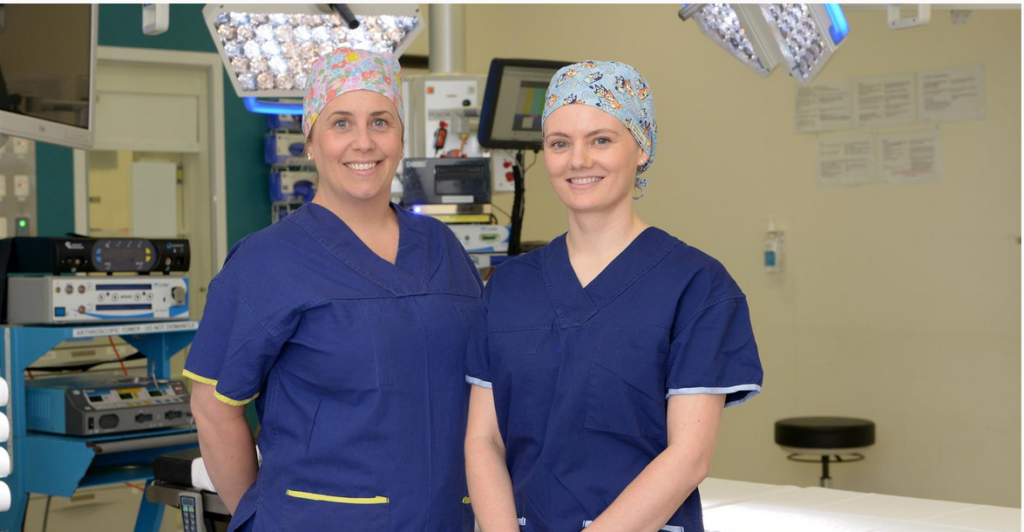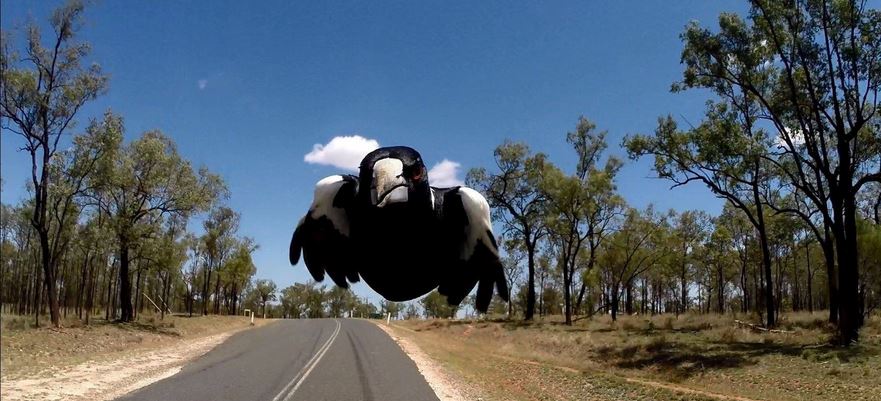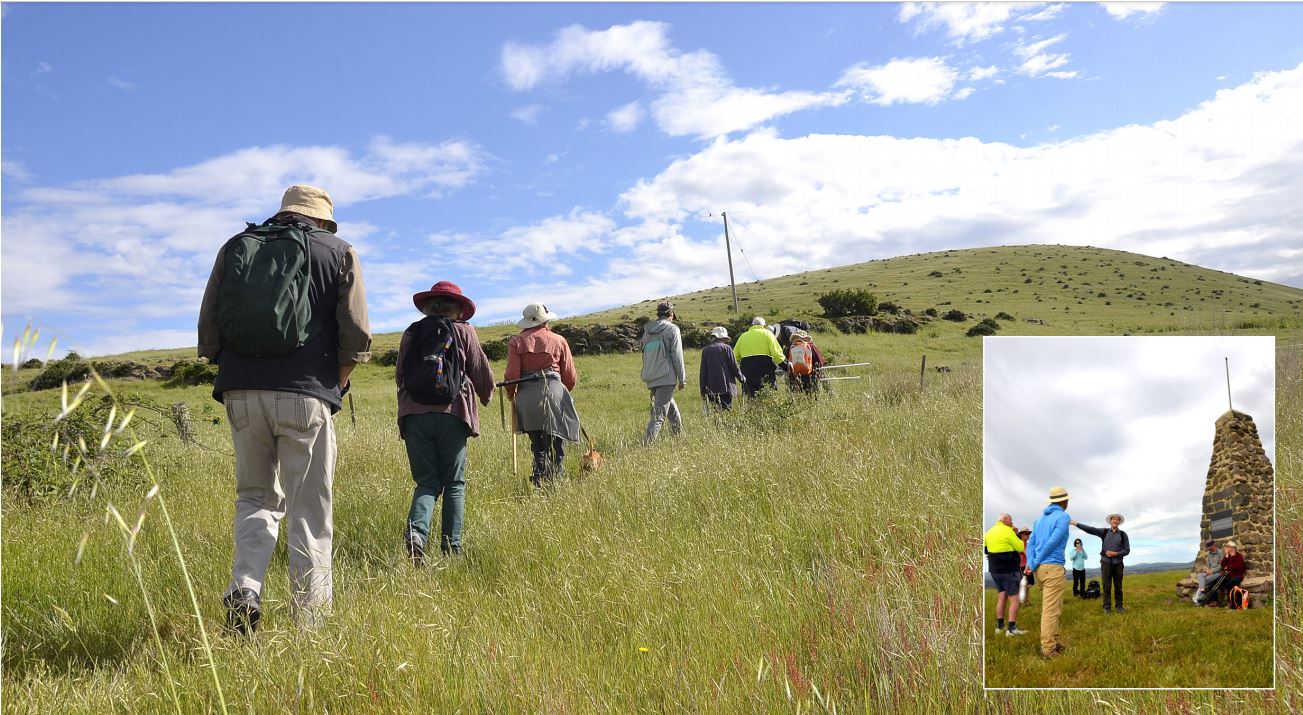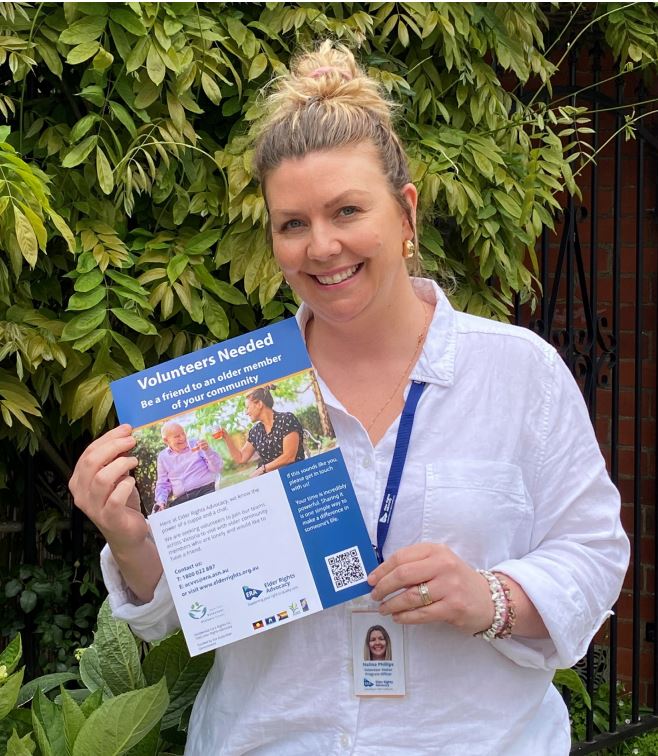September 19th, 2024Home fire safety key for kids

With burns and scalds among the leading causes of presentations to The Royal Children’s Hospital each year, the CFA is calling on Victorian parents to make fire safety messaging a focus in households.
Made possible thanks to the support from the Good Friday Appeal (GFA) and CFA’s work in this space, alongside others, two Clinical Nurse Consultants Jess and Emma are focused on providing and coordinating clinical care for young burns patients as part of the RCH’s dedicated Burns Service.
They report that the two most common age groups presenting to the RCH with burn injuries tend to be toddlers and pre-teens, for a similar reason – curiosity.
“Toddlers are explorers, busy discovering the world with their hands. They mainly present with scalds from pulling down cups of hot tea or coffee from a table, or kettles or saucepans that they can reach,” Jess said.
“Meanwhile, teens and pre-teens are experimenting, so we see injuries related to flames, accelerants, and attempting to copy social media trends,” Emma added.
Cases such as these reinforce just how vital it is for parents to continue fire safety messages beyond the toddler years.
“When kids are little, the messages are more straightforward – that’s hot so don’t touch it, keep out of the kitchen when mum or dad are cooking, don’t get close to the fireplace. But when toddlers grow into pre-teens and teenagers, it gets a bit harder,” said Emma.
Both Jess and Emma emphasised the importance of having frank conversations with older children about the dangers and the after-effects of burns.
“As children gain more independence, they often need more guidance about the potential dangers of some activities, such as cooking, and possible impacts of an injury – a hospital stay, looking different, skin grafts, or scarring,” Emma said.
“There’s some serious repercussions that can happen in an instant, even when you think you’re being safe.”
They said it is also important to consider that most burns happen to children in the home. This was especially evident during the COVID-19 pandemic, when the RCH saw a 600 per cent increase in severe burns.
Jess and Emma’s suggest parents refer to Kidsafe’s Burns Safety Checklist, which has simple tips for preventing scald burns such as keeping hot drinks far away from small hands, checking if your home has a regulator so water temperature stays under 50 degrees and ensuring you have working smoke alarms.
Meanwhile, in the case of having to provide first aid on a burn of scald, Emma and Jess recommend the age-old advice of running cool – not icy – water on the injury for 20 minutes. Thereafter, covering the burn with a thin layer of cling wrap and seeking help.
Burn injuries can happen to anyone, and with the support of the GFA and its generous donors, Jess and Emma are able to provide ongoing and high-quality care.
This story based on a media release supplied by the CFA.










